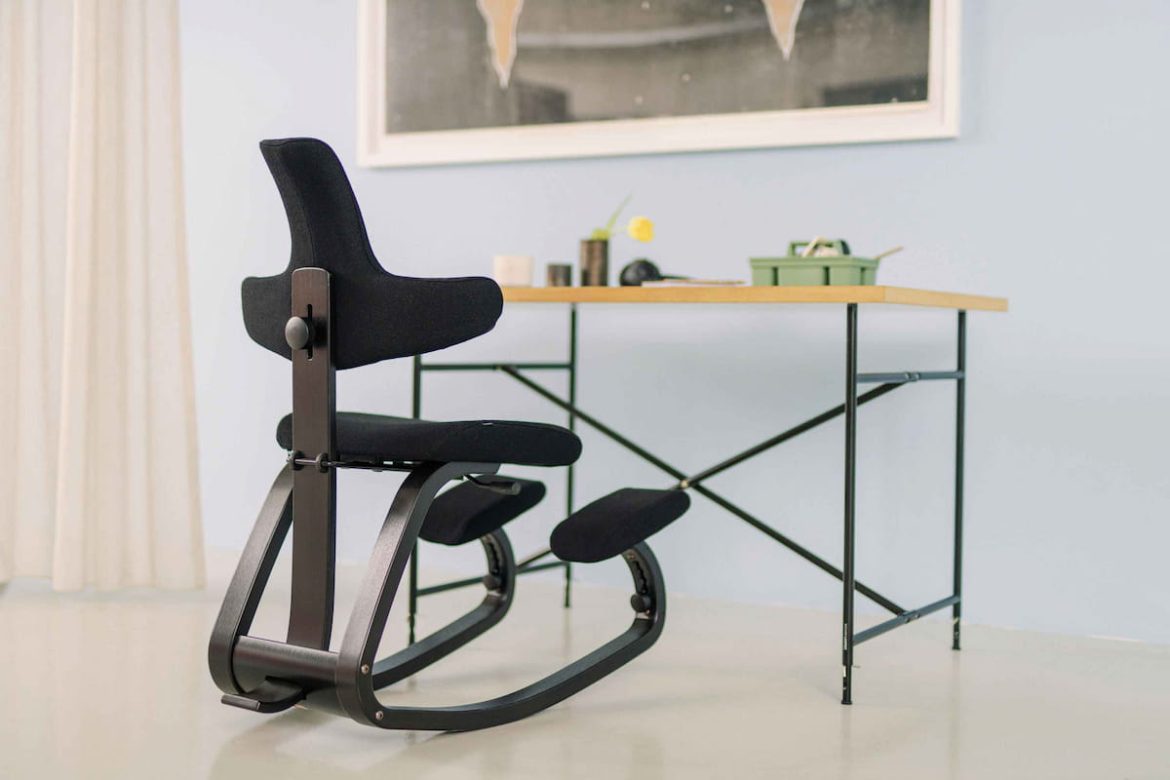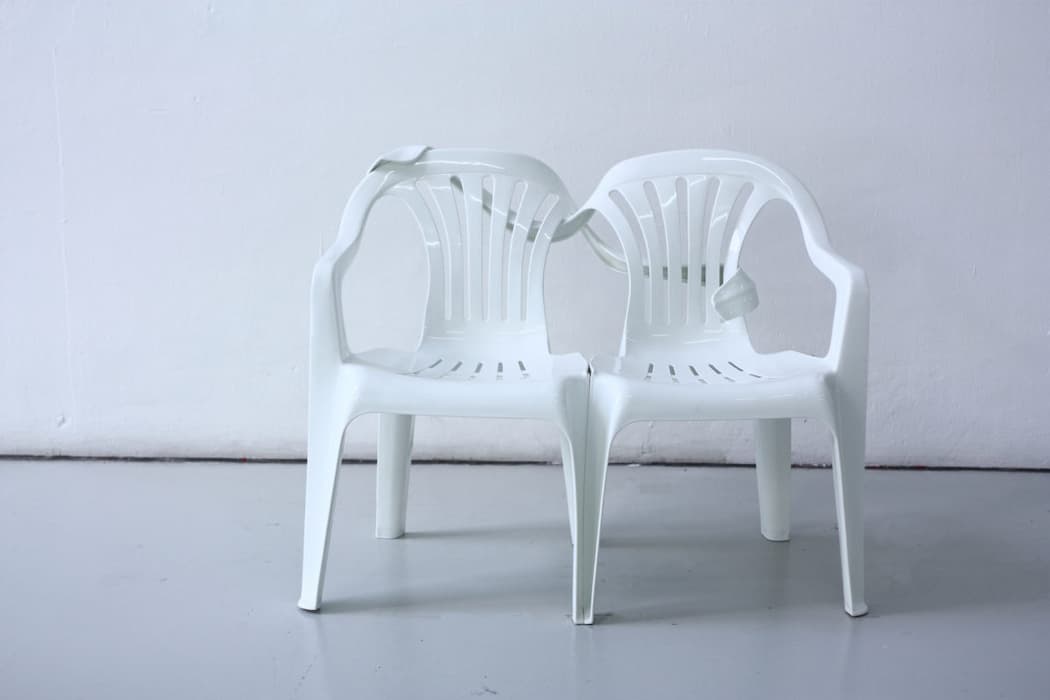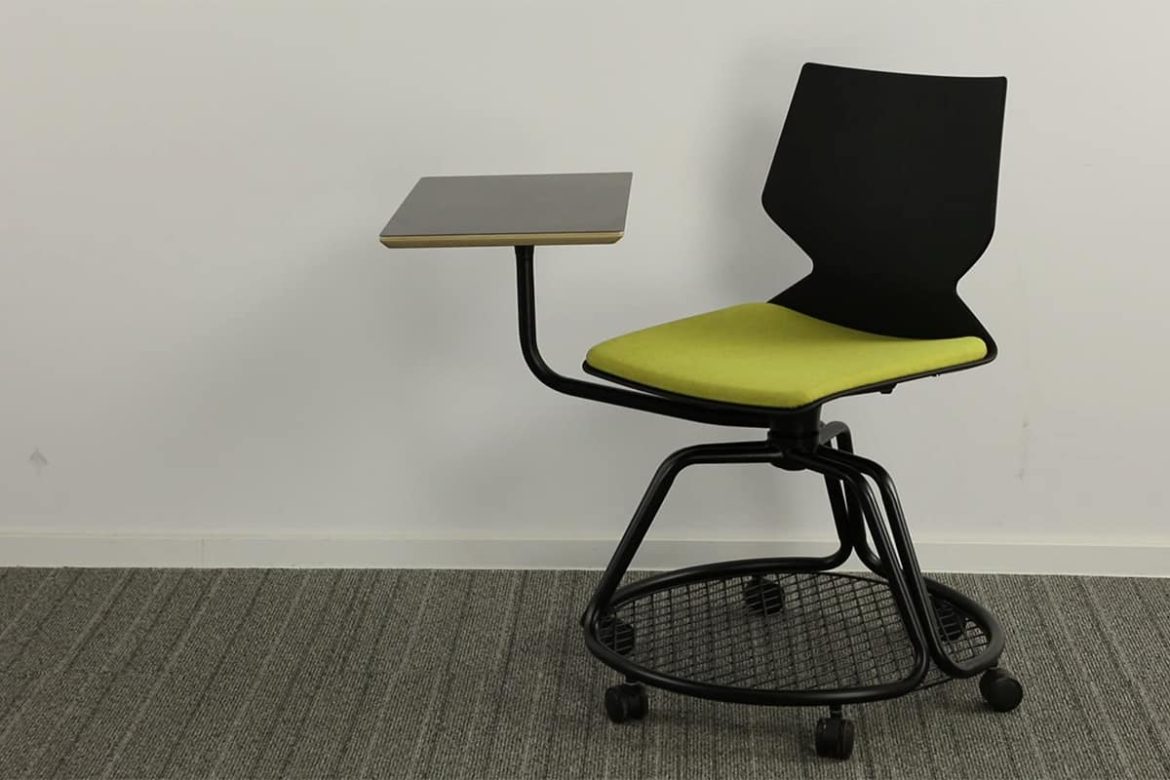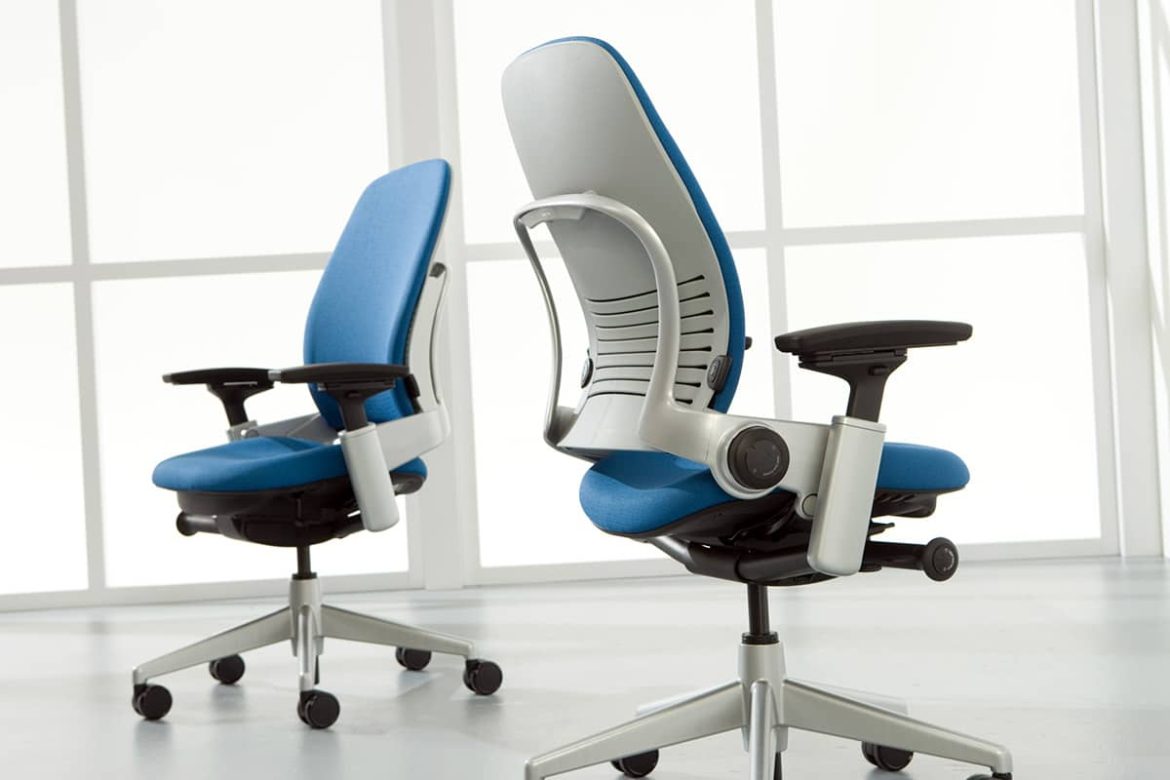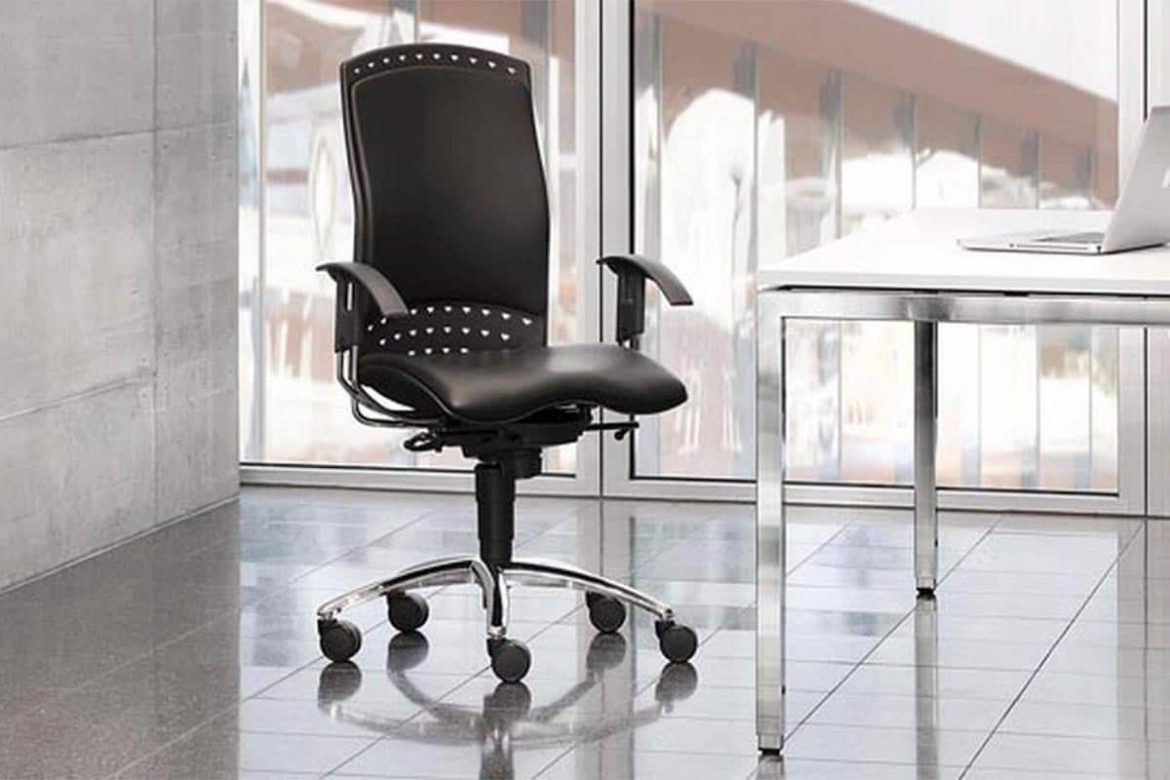Buy Plastic furniture chair and table at an Exceptional Price
Due to their suitable price and other advantages, Plastic furniture like table or chair have replaced many other materials like wood in our lives
Thermoplastics, thermosets, and elastomers are the three primary types of plastic materials that are available to consumers today
Each category of raw materials offers a unique set of advantages, both in terms of the finished product’s attributes and its manufacturing procedure
Thermoplastics are a type of polymer that can be melted and molded nearly without limit; nevertheless, after a certain number of cycles, the material’s qualities begin to degrade as a result of deterioration
Elastomers and thermosets are two types of polymers that can be produced by permanently hardening liquid prepolymers, which are also referred to as resins
Thermoplastics are the material of choice for the manufacturing of environmentally friendly items because, once they have reached the end of their useful lives, they can be easily recycled into new materials
These new materials may then be employed for the manufacturing of new products
In addition to this, they have a high toughness, which is a quality that is frequently required in applications involving indoor furniture
On the other hand, products created with thermosets and elastomers are the only ones that can either be burned or thrown away in a landfill
In terms of their impact on the environment, neither of these alternatives is as environmentally friendly as recycling
This is also one of the reasons why, in today’s world, the vast majority of the items used in the manufacturing of interior furniture are made from thermoplastic materials
Even when there is a requirement for a material that is soft and highly flexible, the traditional elastomers can be replaced with modern thermoplastics elastomers, which combine the properties of thermoplastics (recyclability) and elastomers
This allows the material to be used in a variety of applications (low stiffness and hardness as well as high flexibility)
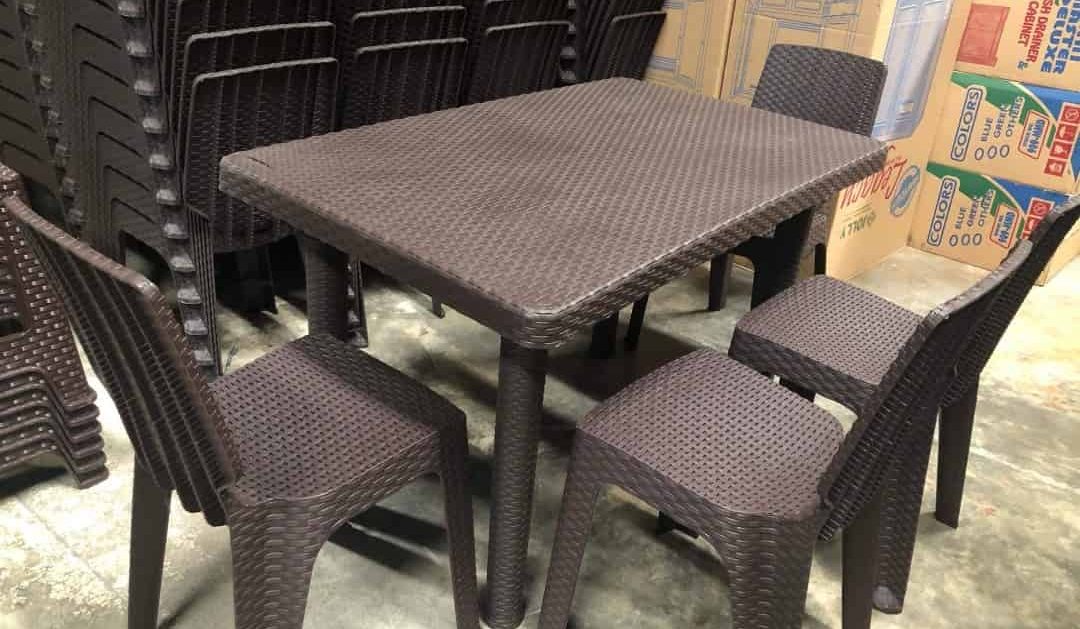
Plastic furniture price Price for plastic furniture is always more efficient compared to other materials
Plastic After the preliminary decision has been made regarding the primary category of material, such as thermoplastic, there are still a great many options from which to select
The well-known thermoplastic pyramid can be used to categorize materials according to their shape as well as their performance
Amorphous polymers, which are characterized by their random structure, may be found on the left side of the pyramid, whereas semi-crystalline polymers, which exhibit ordered structure, can be found on the right side of the pyramid
Commodity plastics can be found at the very base of the pyramid
These plastics are manufactured in large quantities, sell for low prices, but have poor thermal stability and low mechanical strength
As you move up the pyramid, you will come across engineering plastics
These polymers have a higher price point, but they also have substantially higher levels of thermal resistance and mechanical strength
High-performance polymers sit atop the hierarchy as the most desirable type of material
These materials have a very high price, but they demonstrate astounding thermal and mechanical performance, which is not required in applications involving indoor furniture
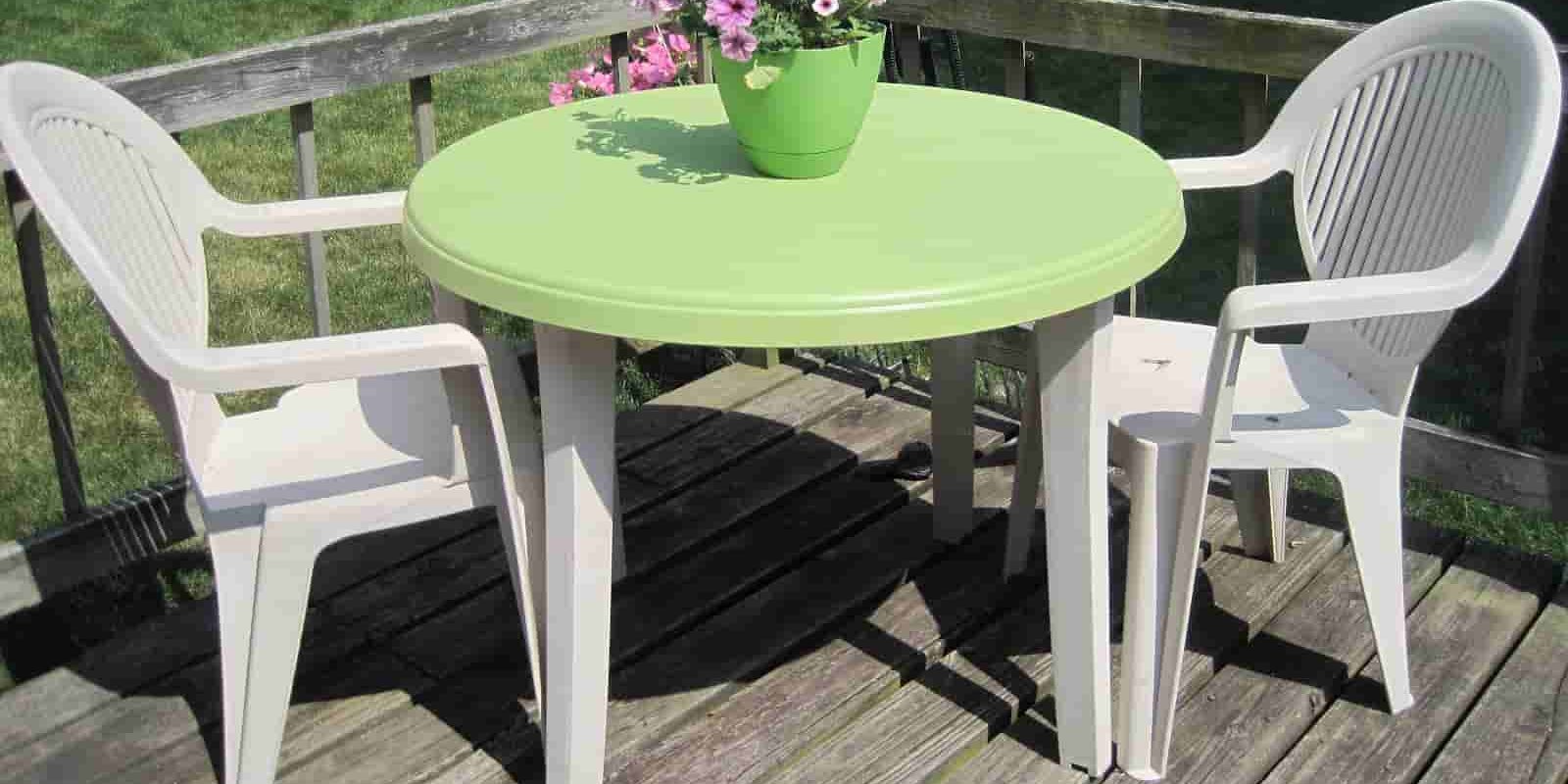
However, they do have a very high price
Because amorphous polymers are generally transparent to light (with very few exceptions) and have very low shrinkage, they are excellent candidates for use in the manufacture of a product that must adhere to precise dimensional constraints
In applications for indoor furniture, this class is especially employed for products that are required to have a clear appearance
Polystyrene (PS) and styrene-acrylonitrile (SAN) are both transparent polymers that have a high level of brittleness
As a result of their lack of mechanical performance, these polymers have a very limited applicability in the furniture industry
Polymethyl methacrylate (PMMA) can be used for transparent interior furniture products that require good mechanical performance and high light transparency, whereas polycarbonate (PC) is the material of choice for interior furniture products that have to be transparent and very tough
Both of these materials are available commercially
ABS, which stands for acrylonitrile butadiene styrene, is an amorphous polymer that is not transparent but is commonly utilized in the production of indoor furniture goods
This is owing to the glossy surface of ABS as well as its excellent resistance to scratching
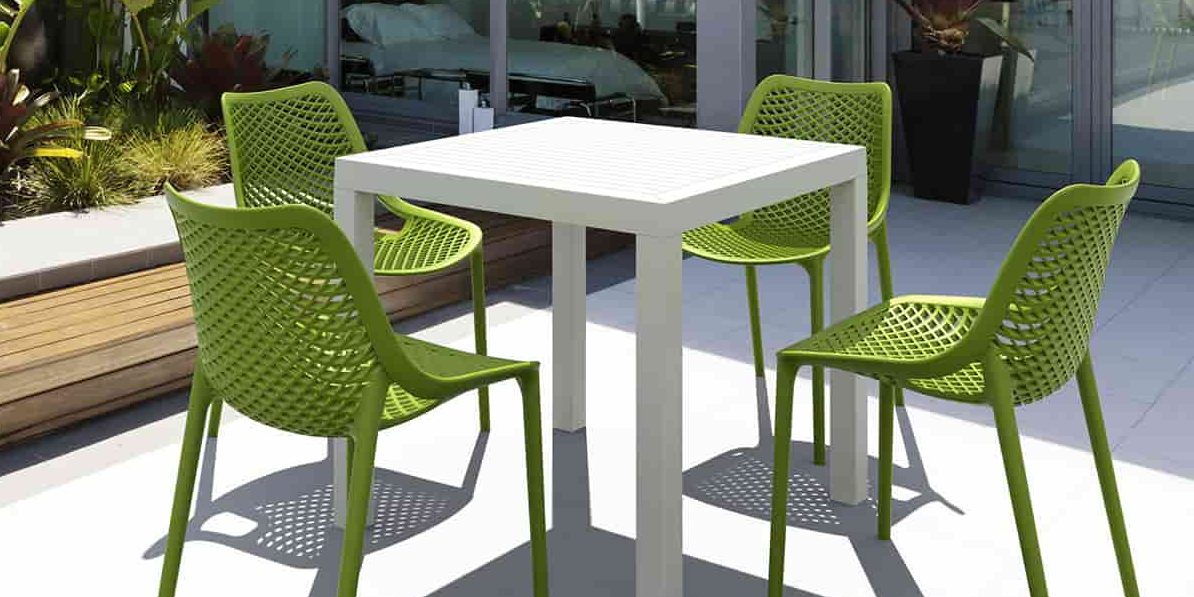
Plastic chair price
Plastics with a semi-crystalline structure are opaque, and in general, they have superior mechanical performance than that of amorphous plastics, particularly in terms of their resistance to impact which makes them suitable for chair and table manufacturing and their low price
Polypropylene (PP) is one of the semi-crystalline polymers that is one of the most commonly utilized in the production of indoor furniture
This is due to the material’s inexpensive price in addition to its high toughness and flexibility
Polyamides, often known as PA plastics, are a type of engineering plastic that are frequently used in applications that call for exceptional mechanical performance, such as high levels of hardness and strength
Fiber reinforced polymers, often known as FRP, are typically used for the most demanding structural applications, such as when very high levels of stiffness and strength are required
Examples of FRP include glass fiber reinforced polypropylene or polyamide
In recent years, there has been a growing demand for items that are more environmentally sustainable as a result of the heightened environmental awareness of consumers
The desire for sustainable products in the interior furniture sector has not been an exception to this trend
The utilization of recycled materials not only brings about a decrease in the cost of the final product but also leads to an improvement in the environmental impact that the product leaves behind
At our company, we use recycled materials in a variety of applications for furniture, including plastic chairs, kitchen legs, trash sorting systems, and other similar products
As was just discussed, various products have varying requirements for the types of materials that must be used, which is why we employ such a wide variety of recycled materials, ranging from PS, PP, and PA to FRPs
At the moment, at least thirty percent of the materials in these products have been recycled; however, we are constantly working toward the goal of increasing the percentage of recycled materials in our products to even higher levels, which will result in the creation of indoor furniture products that are even more environmentally friendly

Plastic table price
In today’s market, it can be difficult to choose which material would work best for the production of furniture like table and chair
Not only does it need to be long-lasting in suitable price but also heavy-duty so it can withstand the daily wear and tear that it endures, but it also needs to be inexpensive so that it can be produced in mass quantities, lightweight so that it can be shipped across the country or the world, and both attractive and comfortable
As a result of the need to check all of these boxes, designers and manufacturers are increasingly turning to plastics and polymers
Polypropylene is quickly becoming a popular material for the production of furniture
Our thermoforming company is discussing how and why this polymer is so valuable, as well as the many different applications for which it is currently being employed
Polypropylene, sometimes known as PP, is a thermoplastic polymer that was initially developed in 1951 by two scientists who worked in the petroleum industry
Polypropylene rose to popularity in the industrial industry much more quickly than other plastics, which required a number of years to expand their use and functionality
It is currently one among the plastics that is produced in the greatest quantities, with annual production of between 45 and 50 million metric tons
Polypropylene’s Characteristics and Qualities
What is it about polypropylene that makes it so desirable? Let’s have a look at the characteristics of this thermoplastic to figure out why it’s suitable for such a diverse range of applications
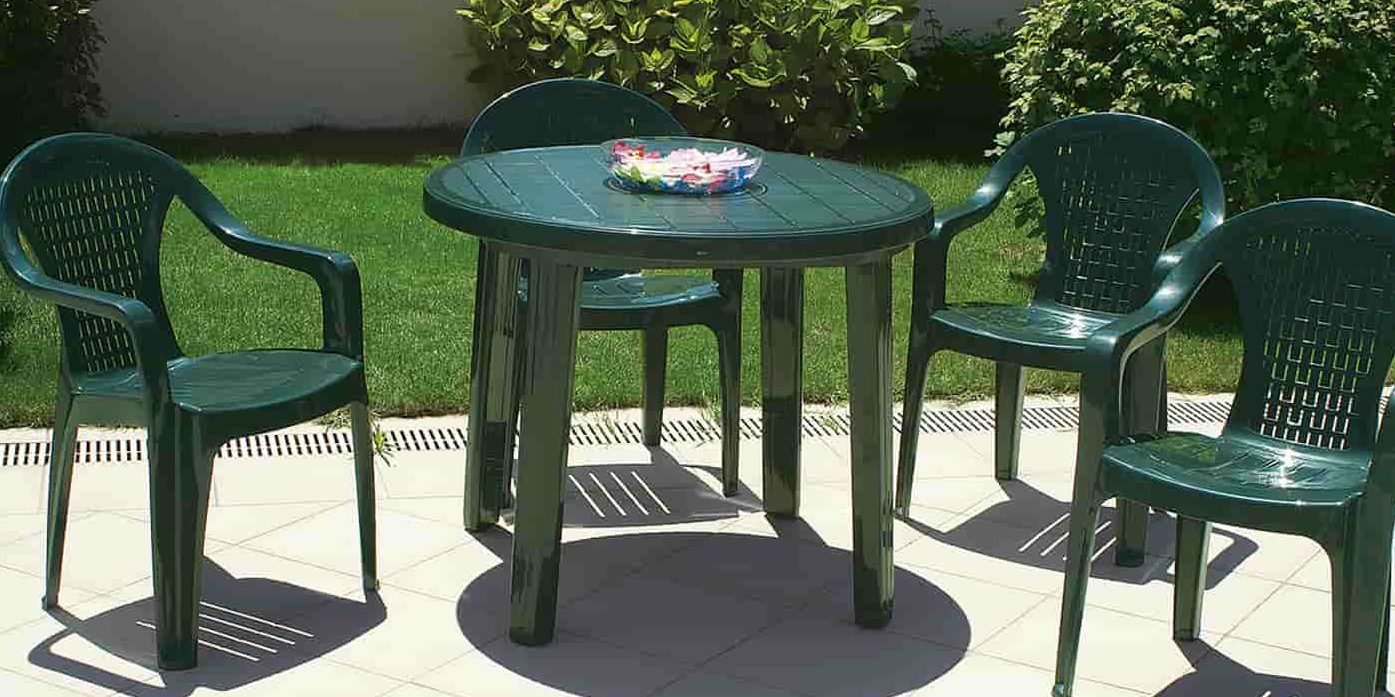
The ability of polypropylene to be formed into “living hinges,” or thin, flexible portions that can bend repeatedly without breaking, is one of the material’s primary selling points
These types of hinges are commonly found on bottle lids
Polypropylene is also resistant to fatigue
It is capable of bending and flexing while still maintaining its shape
Insulation: Due to its excellent resistance to electricity, polypropylene is a material that is frequently employed in the electronic industry
Cleaning products and other chemicals are able to be used on polypropylene since it has a high resistance to chemicals and can withstand most alkaline and acidic substances, with the exception of the most powerful ones
UV-Resistant: Prolonged exposure to strong sunlight and ultraviolet (UV) radiation can cause most materials to discolor, break, and deteriorate, but polypropylene can withstand the environment and keeps its appealing appearance even when exposed to UV rays almost constantly
Polypropylene does not absorb water, which means that it will not deform, crack, or develop germs or mold from the inside even if water is allowed to sit on it for an extended period of time
In addition to these properties, polypropylene can be combined with other types of polymers to produce synthetic fibers and fabrics
In its natural state, polypropylene is a hard and flexible plastic; however, when blended with plasticizers or other types of polymers, it can take on the properties of a flexible and hard material
Polypropylene is a material that is inexpensive, in addition to having properties that assure its durability and functionality
Because of these qualities, polypropylene may help manufacturers keep their production costs down, in addition to being easy to fabricate
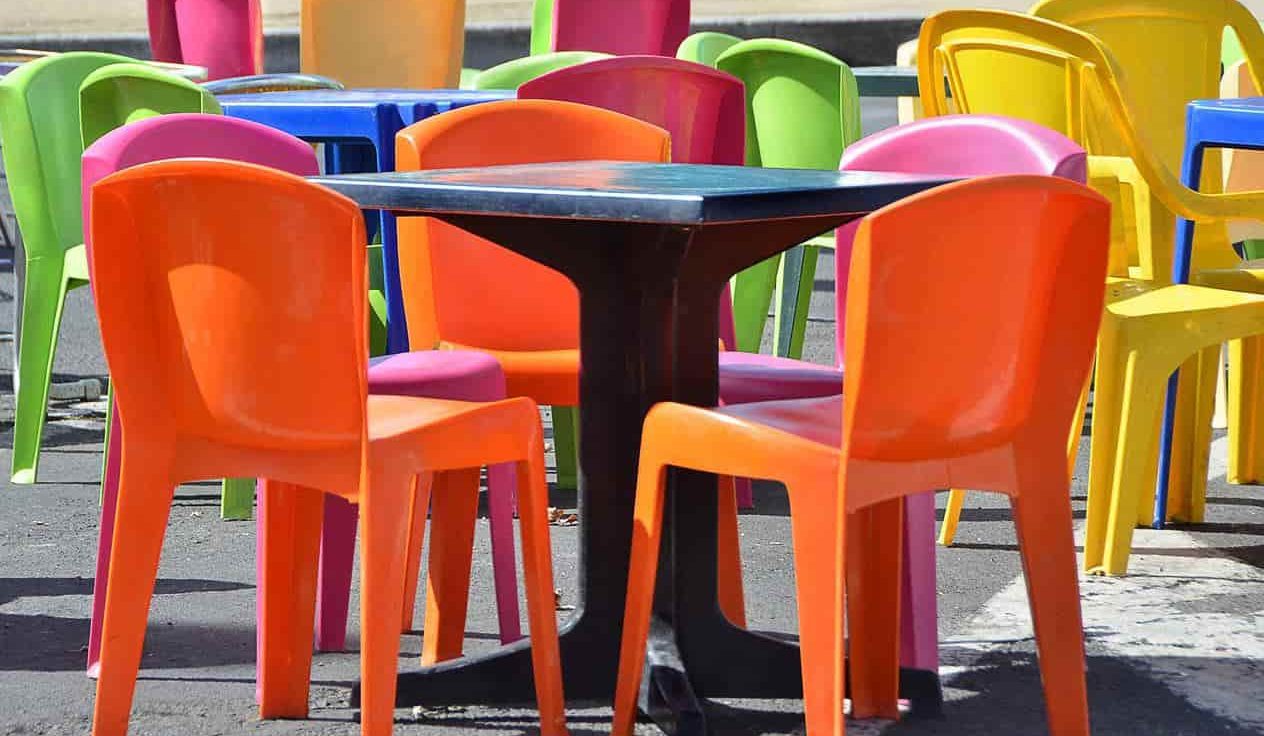
Plastic chair and table
There so many reasons to choose plastic furniture like chair and table for home or office usages
For a good number of years, the most frequent materials used for the frames and surfaces of furniture were composed of wood, wicker, and metal
On the other hand, the most common materials used for upholstery were polyester, cotton, and wool mixtures
On the other hand, producing metal and wood in large quantities is not only more difficult but also more expensive and weighty
The raw materials for these two materials are also more expensive
The first time plastics were used in the manufacturing of furniture, it was for commercial furnishings, which were manufactured on a much larger scale than residential furniture
The utilization of plastics, on the other hand, increased in tandem with the expansion of the furniture manufacturing industry, which in some cases even took place in other countries
These days, stackable chairs, tables, and seating frames are some of the most common types of outdoor furniture, and polypropylene is one of the most common materials used in their creation
Polypropylene Sewing Threads, Fabrics, and Upholstery
In recent years, polypropylene has emerged as a desirable option for use in the upholstery of furniture intended for use both indoors and outdoors
This applies to both indoor and outdoor furniture
Spills easily bead up or run off the surface because of the material’s non-porous nature
Additionally, dirt, mud, and other things may be wiped away without leaving any trace behind
Because of this, it is much simpler to maintain the cleanliness of the surface
This may be a very desirable attribute for furniture that is subjected to heavy use, as well as for households that include either children or animals
Fabrics and upholstery fibers made from polypropylene are not only resistant to stains, but they are also sturdy and better able to withstand wear and tear than fabrics made from cotton, linen, or polyester blends
This makes polypropylene fabrics and fibers ideal for use in high-traffic areas such as kitchens, bathrooms, and living rooms
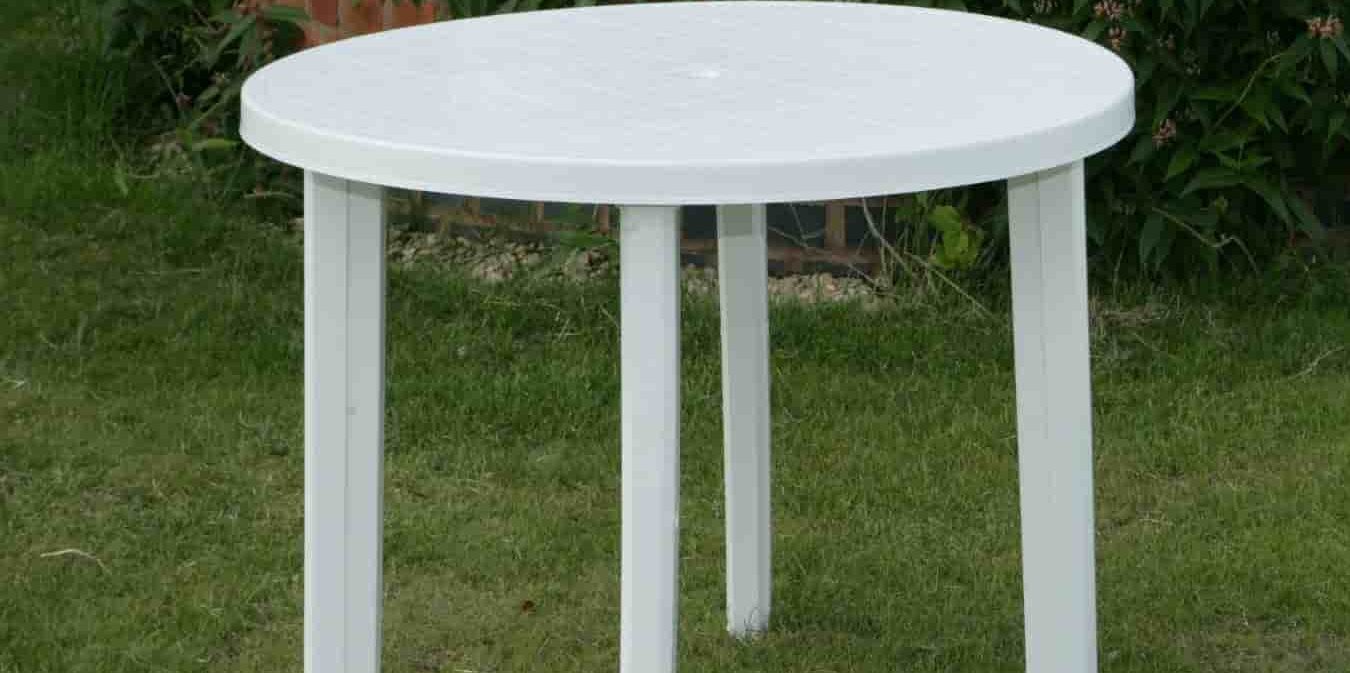
Plastic furniture plastic made furniture need a professional opinions and expertise so it may seem like an overwhelming task to choose the appropriate material for the products that fall under the category of indoor furniture due to the wide variety of plastic materials that are available, especially considering that each of the aforementioned types of plastics is available in a wide variety of grades that further vary in their properties
Because of our company’s more than 40 years of experience in the production of plastic products, we are able to select the most appropriate material for each individual product in the most time and cost-effective manner possible
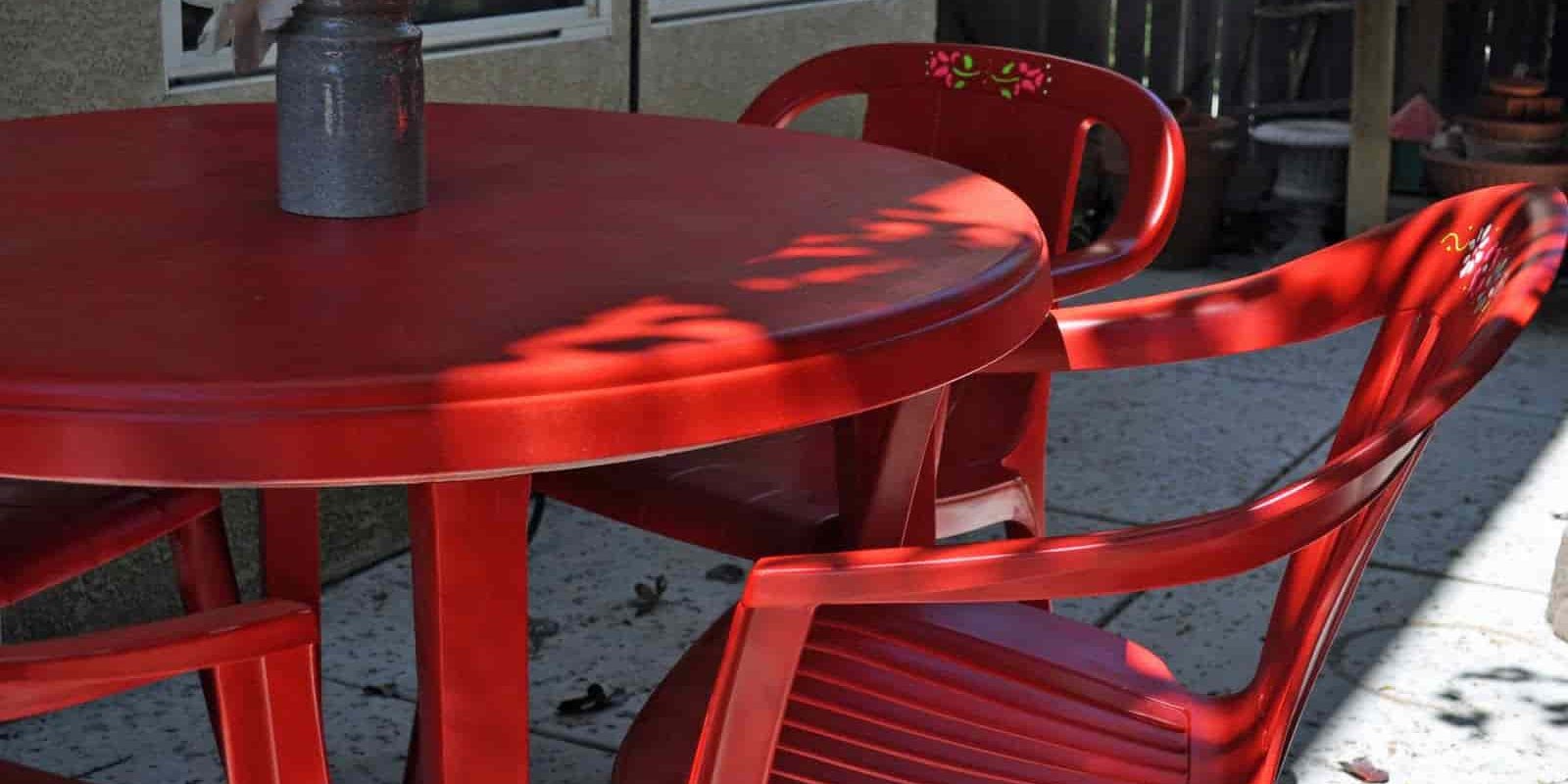
Our technical team is able to assist you not only with the selection of the material but also with the provision of a comprehensive solution for your indoor furniture product
This solution can begin with the idea and the concept and continue all the way through the final production, including prototyping, testing, and product optimization

